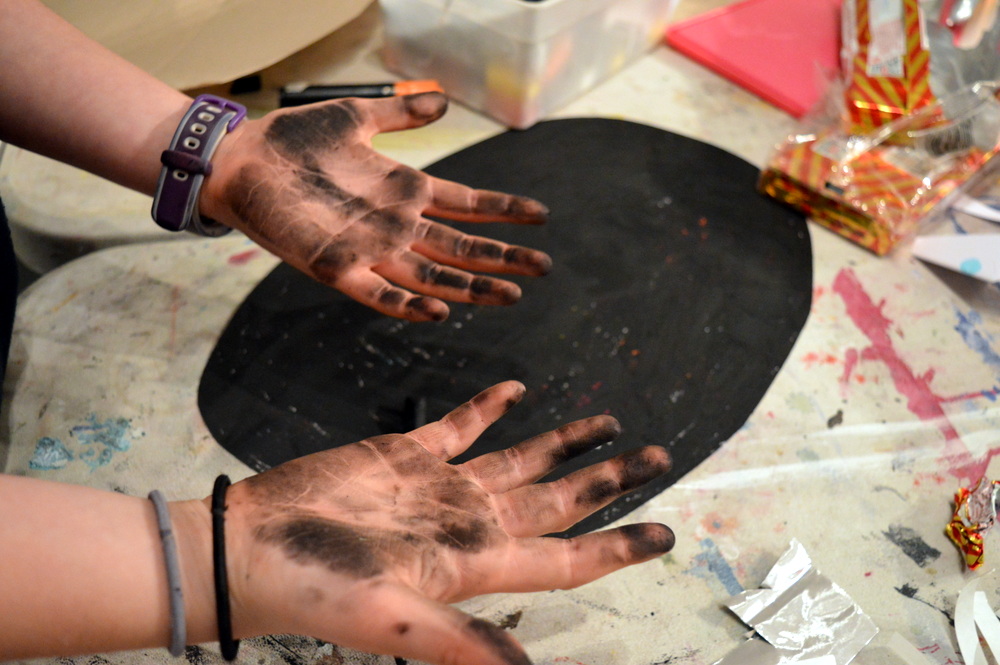Continuous line drawings provide an excellent way to help children develop hand eye coordination. Continuous line drawings are made by keeping the pen or pencil in contact with the paper for the duration of the exercise, and by matching speed of looking with speed of drawing.
-
Click to Read Key Points for Teachers
What is the Continuous Line Drawing Exercise, and When to Use it.
- The Continuous Line Drawing Exercise is a perfect exercise to use with all ages of children, from 5 years and upwards.
- This exercise helps children slow down their looking and then helps them coordinate drawing with seeing. It develops observational drawing skills, and also helps children settle and focus.
- It can take as little as 5 to 10 minutes.
- The drawings will have a particular \”look\” – each a record of how much the child has seen.
- Use it before another art project as a \”transition\” exercise, or use it on a regular basis to improve drawing skills.
You Will Need:
- Sheet of paper for each child.
- A handwriting pen or sharp pencil.
- An object to draw near each child, such as a shell, feather, leaf etc.
Summary of the Exercise:
- Invite the children to stay quiet and concentrate.
- Ask them to looks slowly at the object, letting their eye travel along it\’s surfaces.
- As they look, invite them to move their pencil or pen at the same speed, making a drawing in one continuous line.
- Ask the children to keep looking/drawing until you say time is up.
Full guidance is given below.
To access all content, I would like to join as…
AccessArt is a UK Charity and we believe everyone has the right to be creative. AccessArt provides inspiration to help us all reach our creative potential.

